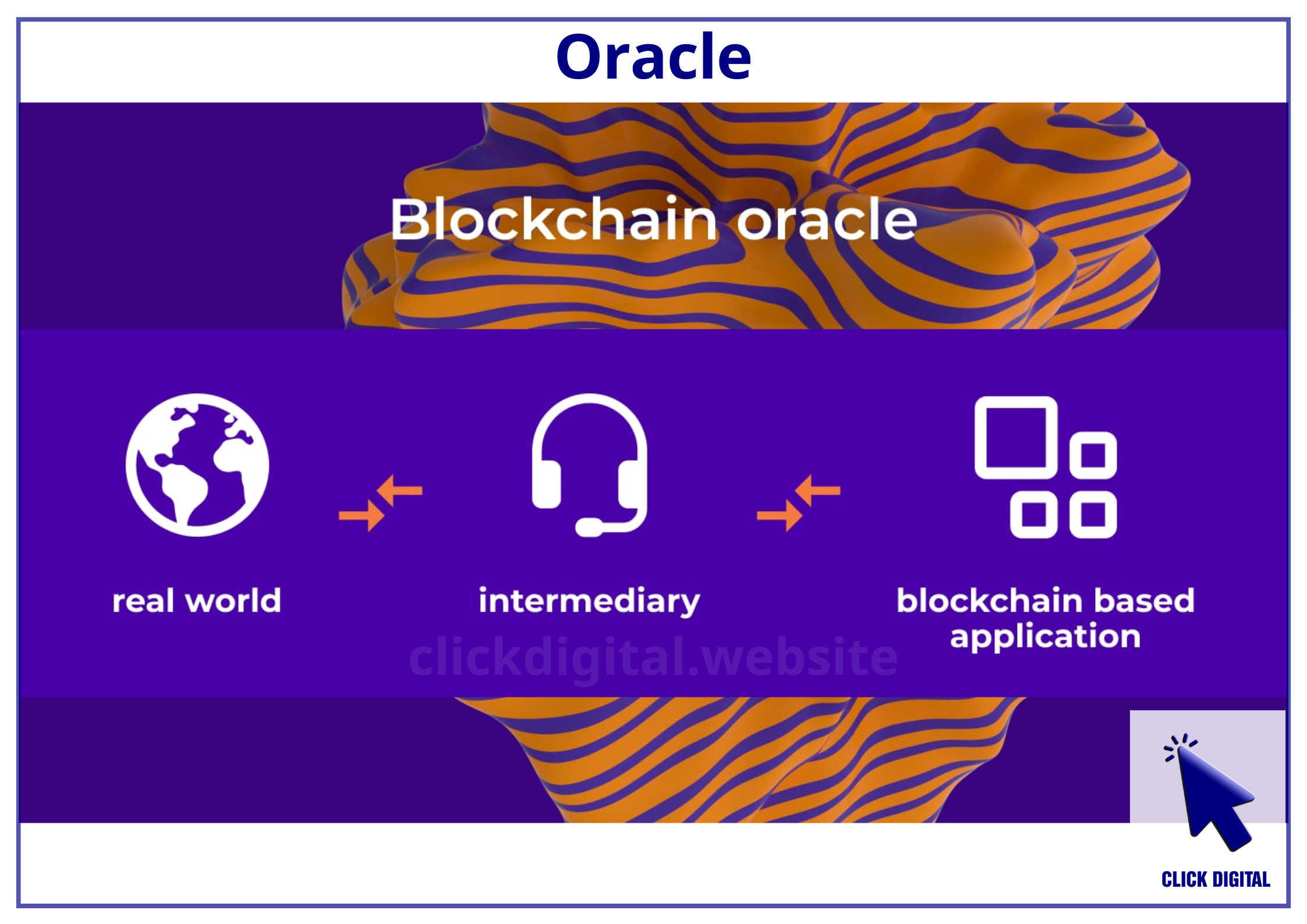Summary:
Hello everyone, this article introduces the concept of Total Transaction Value (TTV), a new efficiency metric for oracles in the DeFi ecosystem. TTV helps to accurately reflect the demand for price updates from the market and the fee-generating potential of oracles, replacing the traditional metric of Total Value Secured (TVS), which is becoming increasingly outdated.
Table of Contents
What’s wrong with TVS?
Everyone knows that oracles play a crucial role in providing external price data to smart contracts. Previously, Total Value Secured (TVS) was the common metric used to evaluate the performance and market share of oracles.
However, TVS no longer accurately reflects the real-world demand from the market!
Why?
Because the demand for price updates varies greatly across different DeFi protocols. For example:
A DEX with high-frequency trading requires continuous price updates.
Meanwhile, a lending/borrowing protocol requires fewer price updates.
Result:
The same amount of TVS, but the demand for price updates between protocols is completely different.
Differences in price update demand across DeFi dApps
| DeFi Protocol | Protocol Type | Price update frequency |
| Decentralized Exchange (DEX) | Trading | Very high (frequent) |
| Lending/borrowing protocol | Finance | Medium (occasional) |
| Collateralized debt position (CDP) protocol | Finance | Low (infrequent) |
| Derivatives protocol | Trading | Very high (frequent) |
🎯 This difference can be easily observed on the blockchain:
Oracles often provide price data for derivatives DEXs with very high frequency.
While this demand is much lower for lending/borrowing and collateralized debt position (CDP) protocols.
Example:
On the Base blockchain, the Pyth contract has 10-60 times more internal transactions related to derivatives DEXs than regular transactions like lending/borrowing.
TVS misrepresents actual demand
TVS can distort perceptions of the actual price demand of protocols.
Example:
When comparing Chainlink to other protocols:
Synthetix contributes more to TVS than dYdX v3.
But in reality, dYdX v3 has 4 times the trading volume of Synthetix, indicating a higher actual price demand at dYdX.
This shows that TVS does not accurately reflect the price demand from the protocols using oracles.
TTV – A new metric that reflects demand more accurately
Total Transaction Value (TTV) is a more reasonable metric for evaluating oracles:
TTV reflects the demand for price updates through actual trading volume.
It calculates the total trading volume of derivative DEXs using oracles.
This metric reveals the fee-generating potential of oracles based on trading frequency and scale.
Comparison between TVS and TTV
| Metric | TVS | TTV |
| Meaning | Total value secured, reflecting the total value of assets used as collateral for oracles | Total transaction value, reflecting the total actual trading volume using price data from oracles |
| Reflects | Amount of assets committed to oracles | Price update demand from DeFi protocols |
| Strengths | Easy to measure and track | More accurate in terms of actual demand |
| Weaknesses | Does not reflect actual price update demand | Requires more data to calculate |
| Example | Synthetix contributes more to TVS than dYdX v3, although dYdX v3 has higher actual price update demand | dYdX v3 has a higher TTV than Synthetix, reflecting a greater actual price update demand |
Observation
The emergence of TTV as a new efficiency metric for oracles is a significant step towards more accurately assessing the real-world demand of the DeFi market. TTV will help oracles focus on meeting the needs of high-volume protocols, thereby generating more value and fee-generating potential.
When assessing market share through the lens of TTV, the differences become clear:
Leading oracles are losing market share due to their inability to meet the demands of high-frequency trading protocols.
Meanwhile, new generation oracles are taking advantage of this gap and gaining more market share.
Conclusion
In conclusion, TTV is a new efficiency metric for oracles in DeFi that more accurately reflects the real-world demand of the market. TTV focuses on actual trading volume, especially on derivative DEXs, helping to more accurately assess the fee-generating potential and market share of oracles. The shift from TVS to TTV marks a step forward in evaluating the efficiency of oracles, helping oracles to focus on meeting the needs of high-volume protocols, thereby generating more value and fee-generating potential. As TTV becomes more widely recognized, the oracle market is expected to witness significant changes in the future, with the emergence of new generation oracles that better meet the demands of the market.

